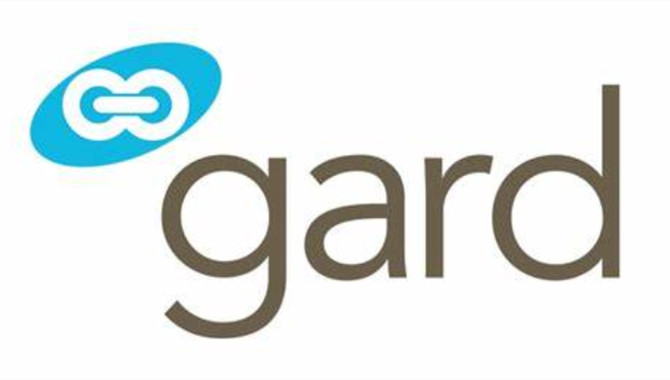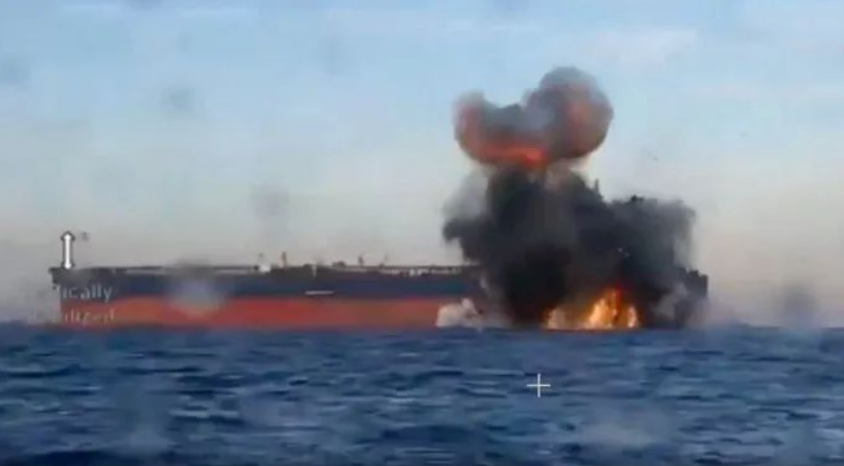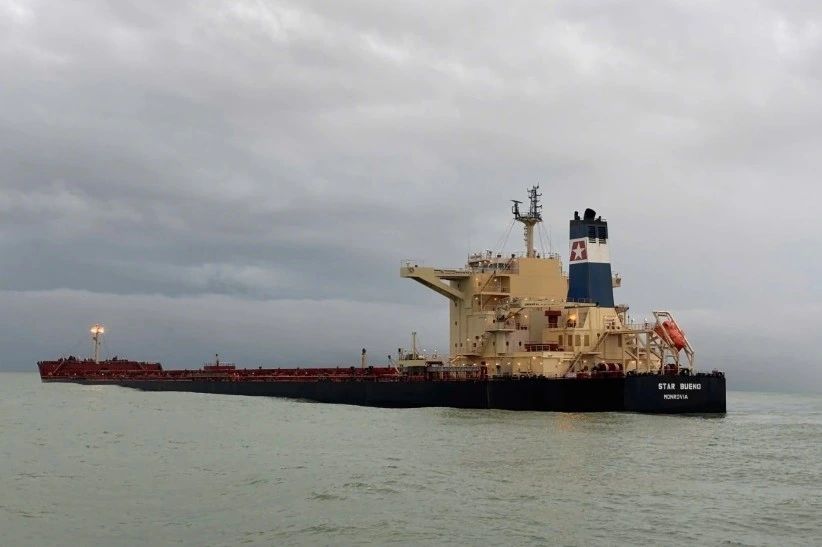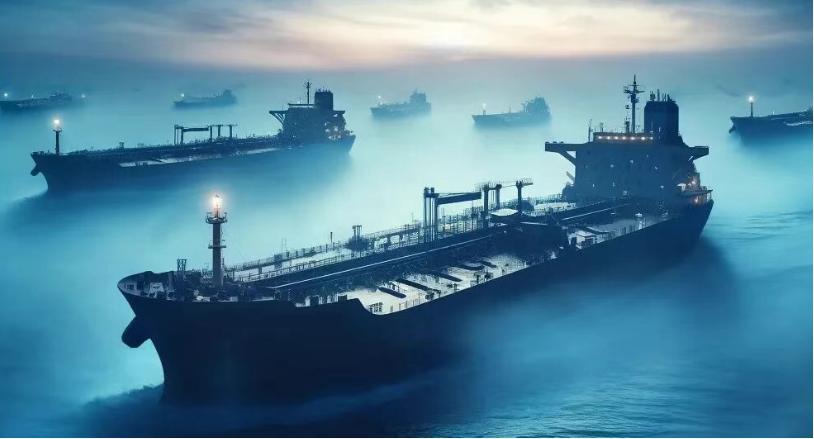
In an effort to protect whales and cut vessel emissions, California continues to incentivise operators that slow down their vessels to a speed of 10 knots or less along the state’s coast. This year the vessel speed reduction zones have become larger and the season longer.
Blue whales and blue skies
California's Protecting Blue Whales and Blue Skies Program is a voluntary vessel speed reduction (VSR) program off the coast of California, United States. The program establishes seasonal slow speed zones that coincide with the whales’ prime feeding and migration season, and encourages vessels to transit these zones at speeds of 10 knots or less to reduce fatal ship strikes and underwater noise. The timing of the program also corresponds with the season when ground-level ozone (smog) concentrations in these Californian regions are typically high.
And the program works! Since its inception in 2014, the program reports to have achieved 792,359 slow speed miles (nm), a reduction of more than 3,200 tons of NOx and 108,00 metric tons of regional GHGs, and an estimated 44% decreased risk of whale strikes during the prime migration season in the affected coastal areas. What is more, in 2022 the program also observed that noise levels produced by participating vessels were 4.6 dB lower per transit when compared to baseline source levels in 2021. Underwater noise created by shipping can disrupt whales’ ability to communicate and navigate under water.
A summary of this year's program
·It runs from 1 May through 15 December 2023, which is the longest season yet under the program.
·Based on feedback from participants, there will no longer be any financial awards. However, positive press and public relations incentives will still be given to participants based on their “per cent cooperation”. That is, the per cent of distance travelled by their vessels through the VSR zones at 10 knots or less during the identified period.
·Each vessel’s speed transiting the VSR zones will be verified using Automatic Identification System (AIS) data and the requirement for the average speed of a transit throughout the entire VSR zones to not exceed 12 knots in order to receive credit for distance travelled at 10 knots or less has not changed.
·As presented in the updated VSR zone maps, there has been an expansion of the northern VSR zone throughout the Monterey Bay region, and the southern California VSR zone expansion to include recent IMO modifications to the Santa Barbara Channel Traffic Separation Scheme (TSS) and Area To Be Avoided (ATBA).
·This year tanker operators are invited to join the program as well. Hence, any company who operates container, car carrier, bulk cargo, or tanker vessels that pass through the VSR zones is eligible to enrol.
It is also worth noting that California is looking to expand the Protecting Blue Whales and Blue Skies program even further. Amendments to the California Resource Code as per Assembly Bill 953 propose to “implement a statewide voluntary vessel speed reduction and sustainable shipping program for the California coast in order to reduce air pollution, the risk of fatal vessel strikes on whales, and harmful underwater acoustic impacts”.
Slowing down is always an option
Although the initial enrolment date for the 2023 Protecting Blue Whales and Blue Skies program has passed, it is never too late to implement speed reductions as a measure to reduce the threat of whale strikes. In fact, US government agencies strongly recommend that all vessels 300 gross tons or larger reduce speeds to 10 knots or less in the program’s VSR zones. Masters must also take into consideration that threat of vessel strikes with whales extends beyond the defined VSR zones and NOAA Fisheries provides the following advice to operators of large vessels:
·Learn when the seasonal abundance of large whales are in your shipping lanes and be aware of whale advisories.
·Consult the Local Notice to Mariners in your area or Coast Pilot for more information.
·Keep a sharp look-out for whales. If possible, post extra crew on the bow who are dedicated to watch for whales.
·Reduce speeds while in the advised VSR zones, or in areas of high seasonal or local whale abundance.
·If practicable, re-route vessel to avoid areas of high whale abundance.
·Report all whale sightings, either via the whale sighting report or by using one of the available free online applications, such as the OceanAlert or WhaleAlert.
Additional resources
As the state of California, and the United States, are known for their stringent and unilateral environmental regulations, the following Gard articles may also be of interest:
We also take this opportunity to remind Masters and crews operating along the US/Canadian East and West Coasts to maintain a good lookout for other endangered species, the North Atlantic right whale and the Southern Residence killer whale, and follow the mandatory and voluntary speed restrictions in force at any given times.
Source: Gard
The opinions expressed herein are the author's and not necessarily those of The Xinde Marine News.
Please Contact Us at:







